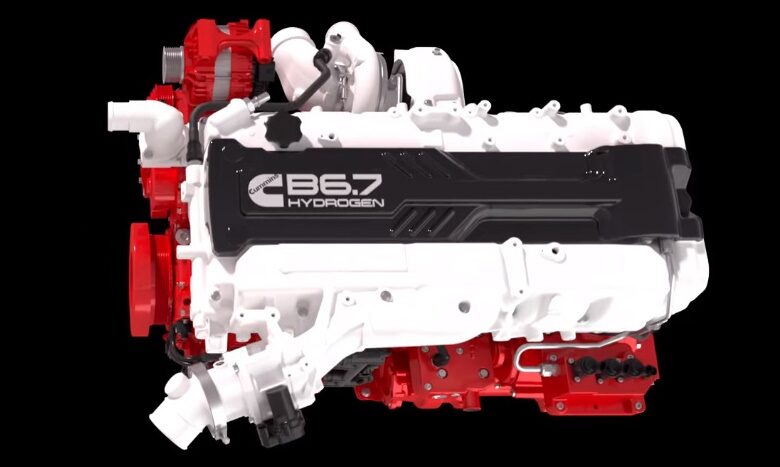
Not everyone is excited about the automotive industry’s move towards electrification. Battery-electric vehicles (BEVs) continue to have a trend of costing a lot more than their internal combustion engine (ICE) counterparts, have a limited range capability, and still struggle to find their way in areas with a limited fast-charging infrastructure.
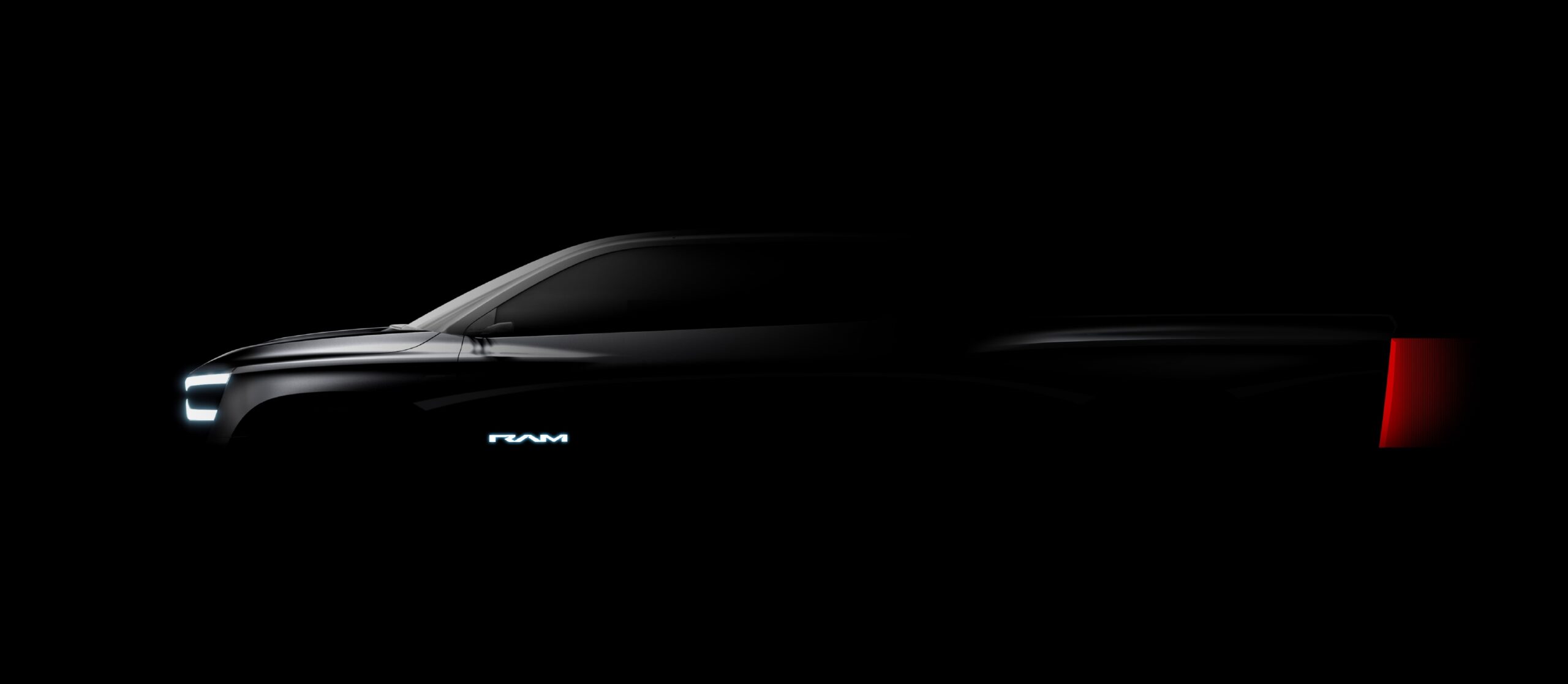
But currently, there is no bigger electric vehicle (EV) segment than the EV pickup market. Companies like Ford (F-150 Lightning), GM (GMC Hummer EV pickup, Chevrolet Silverado EV, and GMC Sierra EV), Rivian (R1T), and Tesla (Cybertruck) are ready to offer customers their version of the ultimate electric pickup. And while they are innovative, not a lot of people are excited about the challenges ahead of being among the first to own one of these pickups.
For those pickup owners who use their pickups to tow, BEV pickups have shown underwhelming promise.
Although the trucks have shown great towing skills, thanks to the instant torque of their e-motors, the battery pack performance continues to be a letdown. Those trucks that have been shown on various towing reviews, continue to show about a 50% loss of range when towing. This means if you are one who likes to take their family on a camping trip across the country, tow a boat to their summer cottage, or have to use their truck as a work truck to tow equipment, you are going to be facing even more challenges going forward.
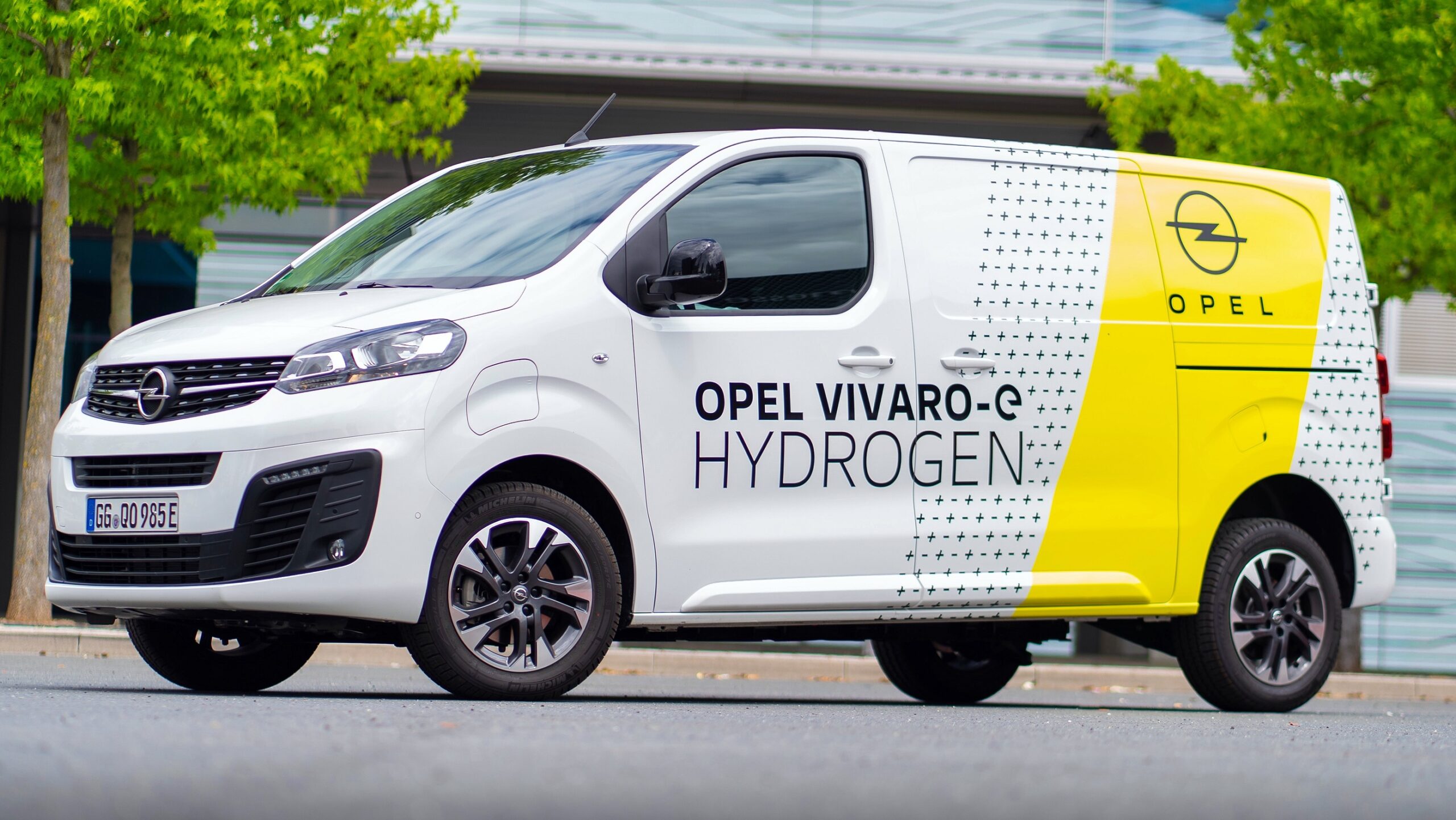
But instead of putting all of its eggs in one basket, Stellantis has been focused on offering alternatives to electrification. Recently the company launched a new lineup of midsized light commercial vehicle (LCV) vans in Europe that are powered by a combination of hydrogen fuel cells and electric battery technology in a fuel cell electric vehicle (FCEV).
The FCEV vans were designed as a solution that delivers a range of more than 250 miles (400 kilometers) with a refueling time of just 3 minutes. Hydrogen proves the energy needed for an extended driving range, while a medium-capacity battery provides the power for dynamic performance in addition to energy recovery and plug-in capability.
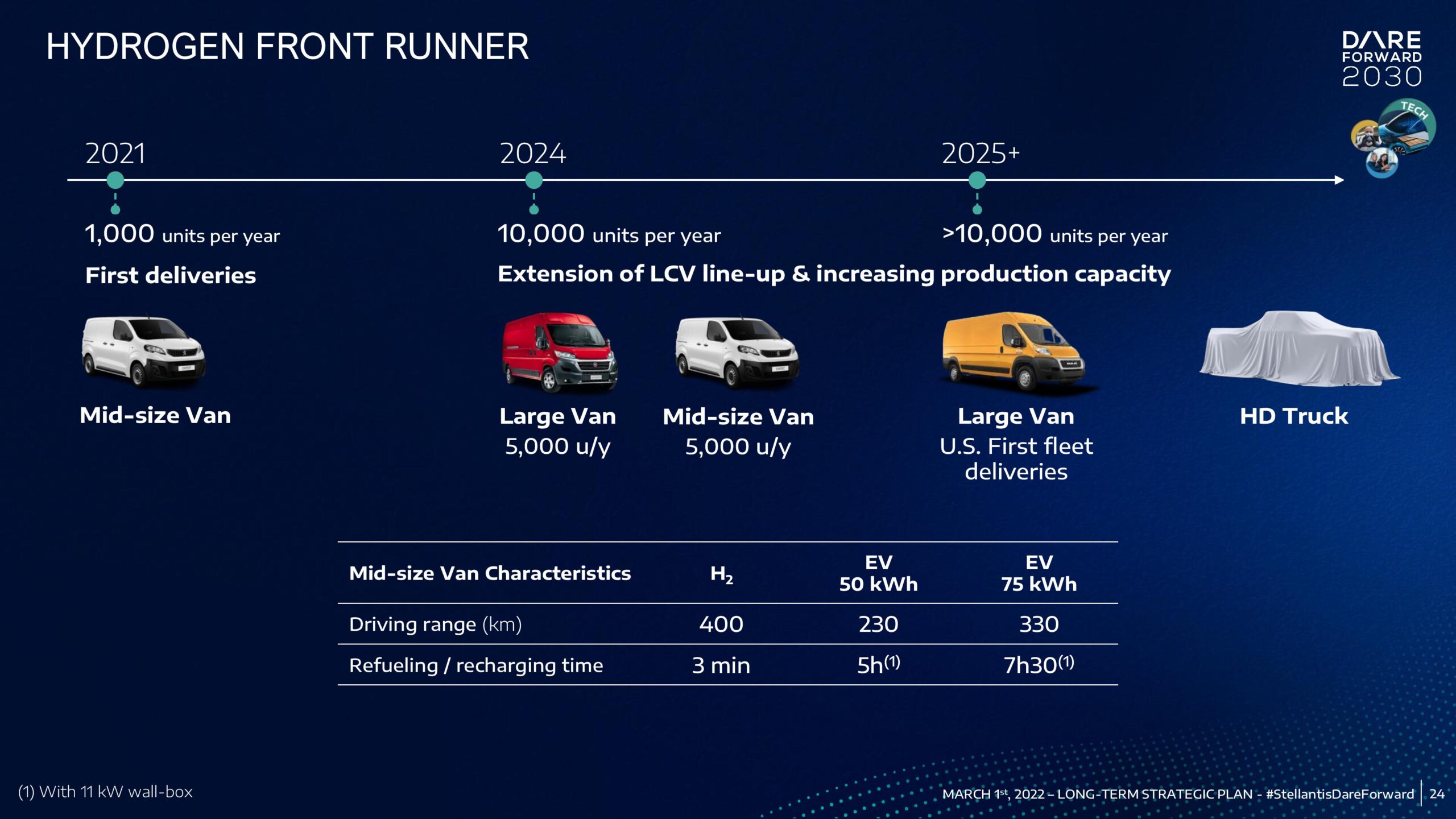
During its Dare Forward 2030 presentation, Stellantis said it was pursuing a hydrogen-powered version of its next-gen Ram Heavy Duty pickup for production. Such a vehicle would eliminate the towing range anxiety for customers while continuing to move the vehicle to a more friendly zero-emissions target.
In a past article, we discussed that Cummins Inc. had announced that it was producing a hydrogen version of its popular B6.7 engine. The B6.7 engine is the base for the ever-so-popular 6.7-liter Cummins I-6 turbodiesel found under the hood of the current Ram 2500/3500/4500/5500 Heavy Duty truck lineup. Thus making this new hydrogen powerplant a prime candidate for the next-gen Ram Heavy Duty.
In recent weeks, Cummins has teased the new B6.7H for its medium-duty and heavy-duty engine offerings. In a video, Cummins showed how it can convert a medium-duty delivery truck to operate on zero-carbon hydrogen fuel powered by the new B6.7H hydrogen internal combustion engine (H2-ICE) without compromising performance, cargo capacity, or payload. Showing promise for those interested in a future Ram Heavy Duty truck.
The H2-ICE proof-of-concept was revealed at the 2022 IAA expo in Germany, where it attracted a lot of major attention. The H2-ICE featured a 700-bar pressure high-capacity hydrogen storage system, allowing the vehicle to have a range of 310 miles (500 kilometers).
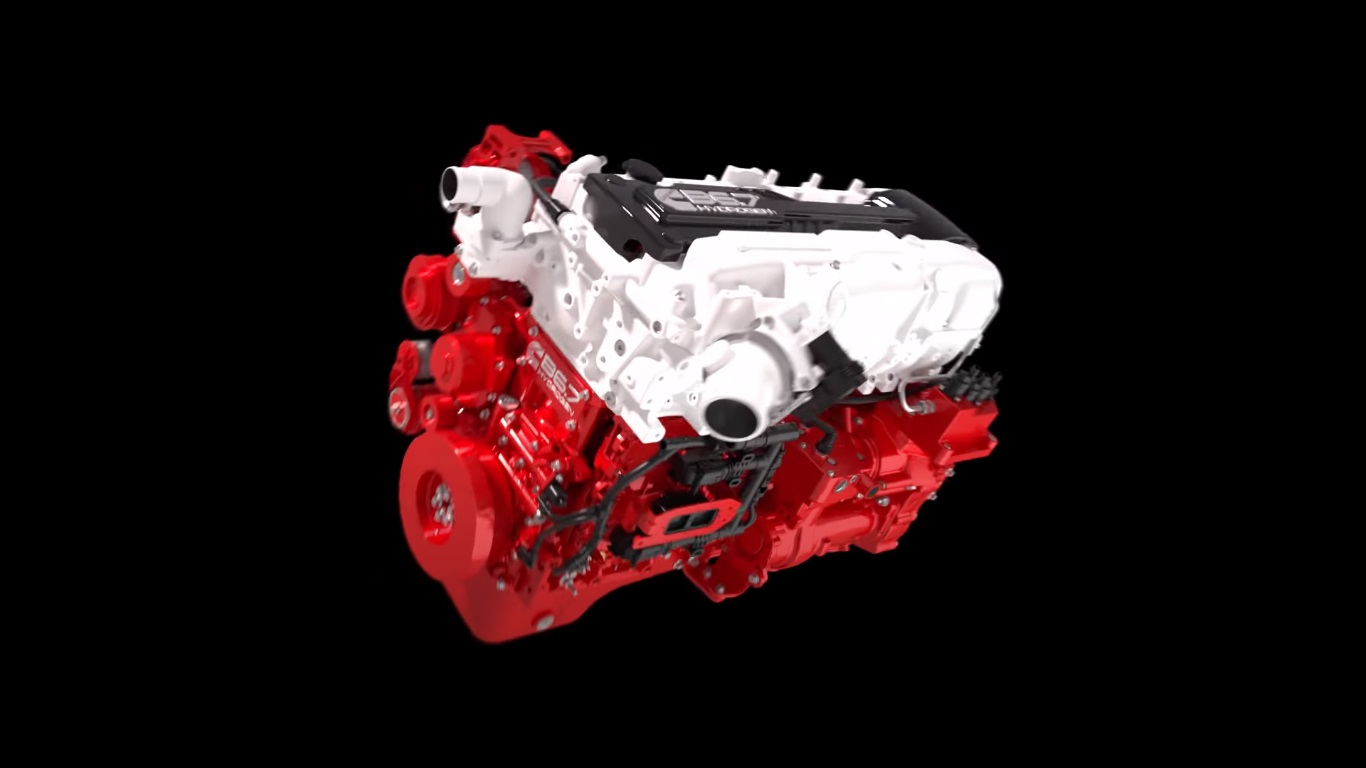
The B6.7H offered a seamless substitution for a diesel engine, as the 6.7-liter hydrogen motor is rated at 290 horsepower (216 kW) and 886 lb.-ft. (1,200 Nm) of torque in its medium-duty truck configuration. The B6.7H was easily integrated with existing diesel driveline components highlighting the ability of H2-ICE to offer a zero-carbon solution for a lower cost than most BEVs.
While BEVs continue to be powered by energy from fossil fuels, zero-carbon hydrogen fuel can be produced by electrolysis using electricity coming from solar panels or wind turbines, for example, enables CO2-free driving. Additionally, hydrogen fuels do not release any particulate matter, carbon monoxide, or volatile organic compounds.
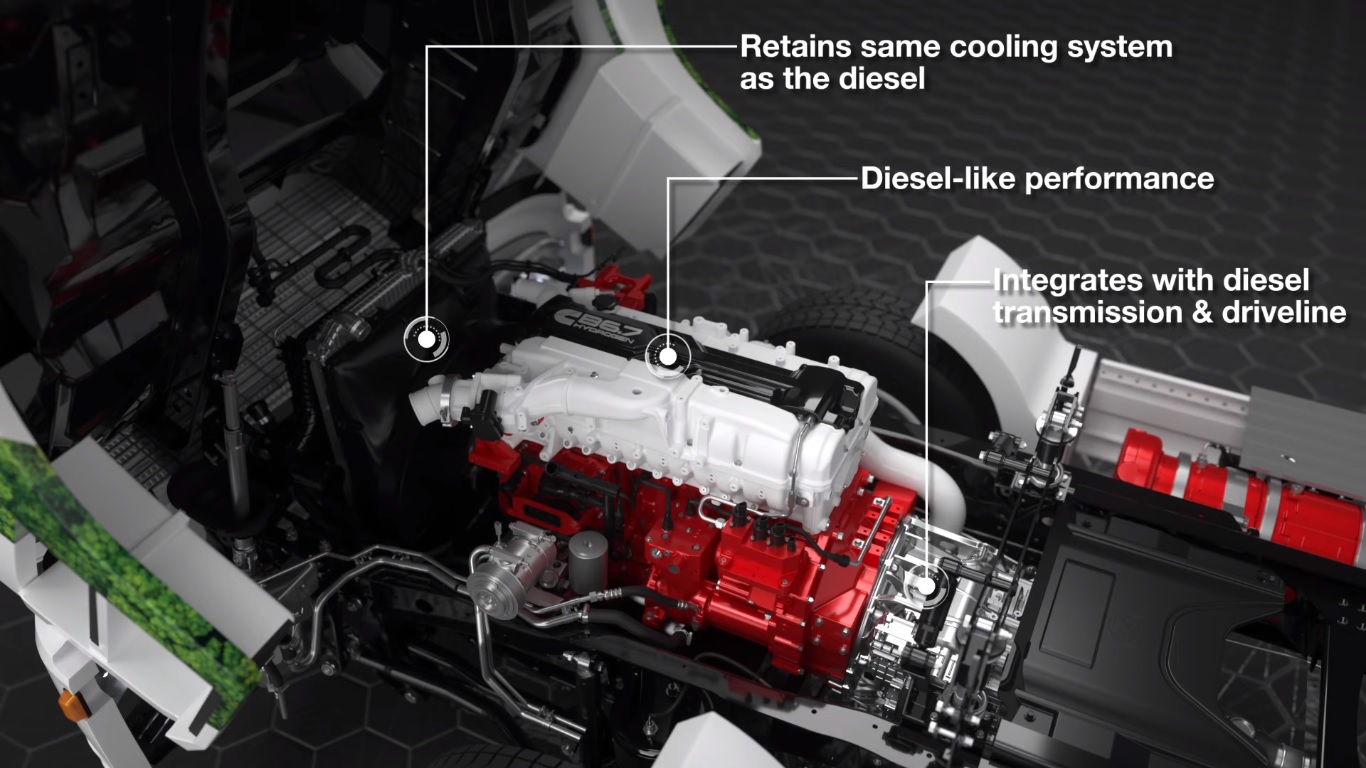
Hydrogen engines do, however, have the potential to release some NOx, an atmospheric pollutant that can contribute to the haze sometimes observed above large cities during summer months. Aftertreatment systems are used to eliminate most NOx emissions, similar to what is used in most modern diesel engines.
According to Cummins, if the U.S. were to convert its medium and heavy-duty trucks to clean hydrogen, it would eliminate about 25% of all greenhouse gas emissions from the transportation sector.
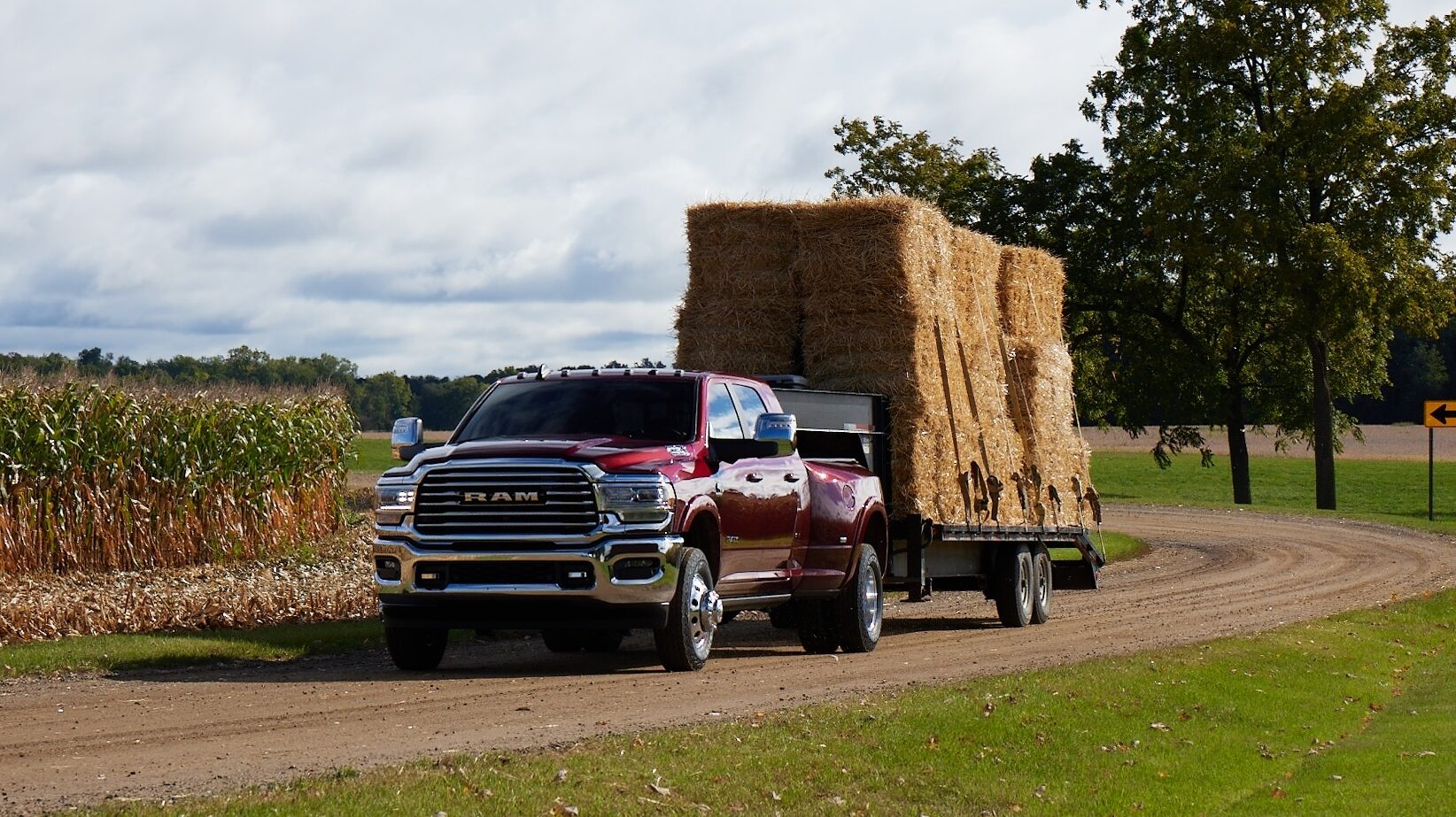
Most hydrogen engines that are built today, are based on modern and reliable diesel or natural gas ICE motors. For vehicle manufacturers, it is a familiar technology to use in their vehicle design and production processes. Similarly, for fleets, it is a familiar technology to operate, maintain, troubleshoot, and service.
A modern ICE designed to run on hydrogen can share similar components to many of the diesel ICE engines, that we are accustomed to today. Parts like the engine block, crank, and installation parts such as mounts and flywheel housings are all interchangeable.
So we bet, a hydrogen-powered Cummins Ram Heavy Duty will work its way into production sometime by 2027.
There is only one issue with hydrogen – limited access. California has continued to run publically open hydrogen refueling stations over the past two decades. While most other states, do have stations, that are privately operated for fleets, busses, and train companies. You can visit H2stations.org to see if there are any located near you.
If BEVs don’t meet their expectations in North America, hopefully, hydrogen can take over.




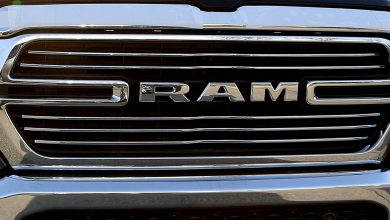
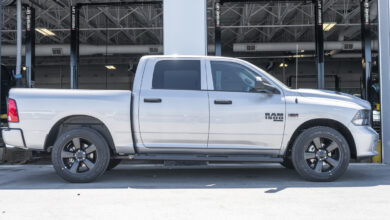
3 replies
Loading new replies...
Join the full discussion at the Mopar Insiders Forum →